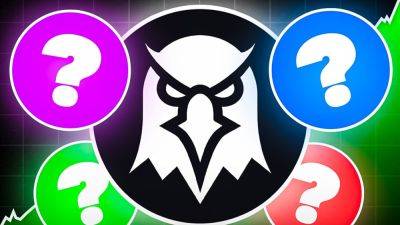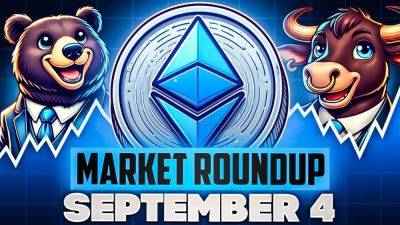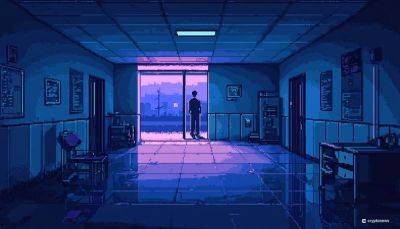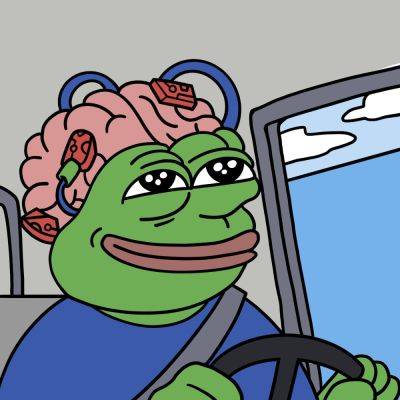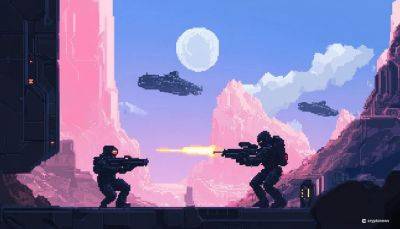How Web3 is Transforming Gaming into a More Interactive Entertainment
The gaming industry has evolved significantly since the debut of Atari’s Arcade game, Pong, in the 1970s. Today, there are over 3.2 billion active gamers in the world, most of whom game at the comfort of their homes.
What’s even more intriguing about the evolution of this industry is the recent integration with emerging technologies, most notably Web3. According to blockchain analytics firm DApp Radar, Web3 games have consistently accounted for the largest share of on-chain activity since NFTs surged in popularity during the 2021 metaverse craze.
Of course, the activity on Web3 GameFi ecosystems is nowhere near that of Web2 games such as Fortnite, which enjoys a registered user base of over 600 million and around 230 million monthly active players. However, with more advanced Web3 multiplayer social games like My Pet Hooligan coming into the picture, the dynamics could soon change.
Picture a gaming world where you can own and profit from digital collectibles, dive into immersive social experiences, and shape game modes with your own creations. That’s the exciting promise of Web3 gaming. A future where gamers don’t just play but also earn and help shape the very worlds they explore.
The journey of Web3 gaming started with ‘Huntercoin’ in 2014, a test to see if blockchain could handle games. While it showed that decentralized tech could support gaming, it didn’t make much of a splash.
Then in 2017, CryptoKitties launched on the Ethereum blockchain, bringing the concept of play-to-earn into the spotlight. Players could breed and trade unique digital pets in NFT markets, showcasing the potential of blockchain for gaming.
Since then, blockchain gaming has surged, especially in 2021, with both crypto enthusiasts and traditional
Read more on cryptonews.com
